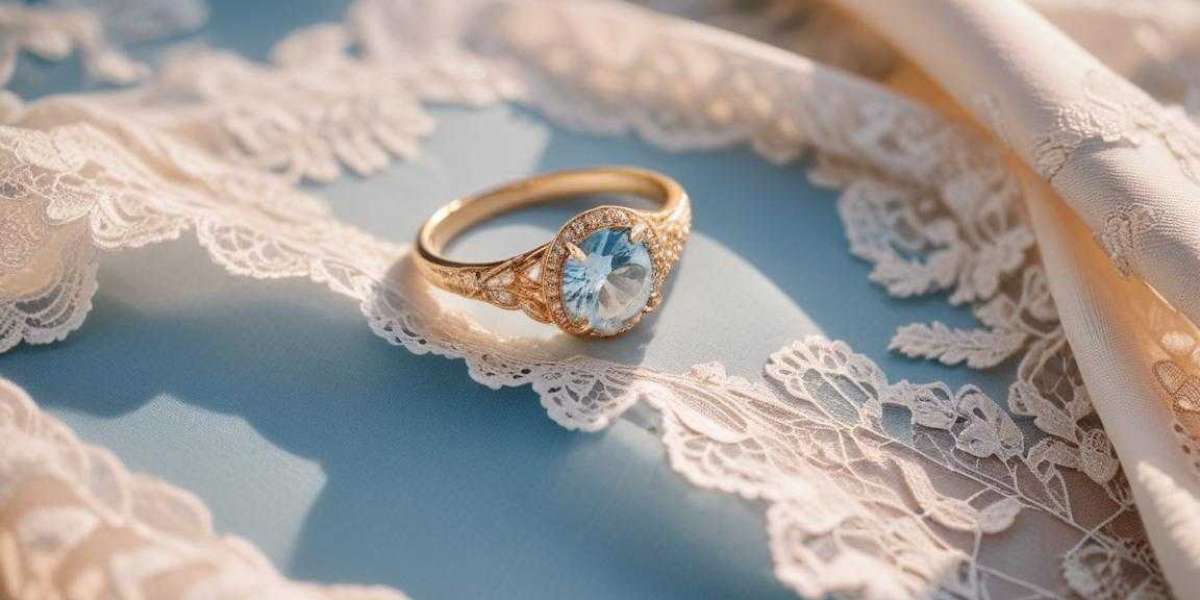Introduction
Lab-grown diamonds are becoming increasingly popular among engagement ring buyers. They offer the same stunning beauty as natural diamonds but at a more affordable price, making them an attractive choice for modern couples.
Lab-grown diamonds are created in a controlled environment using advanced technology that replicates the natural diamond-growing process. This guide will help you choose the perfect lab-grown diamond engagement ring by explaining their features, evaluating quality factors, and selecting the best ring style and metal.
The market for lab-grown diamonds is growing rapidly, with projections estimating significant increases in demand. According to industry reports, the global lab-grown diamond market is expected to reach $49.9 billion by 2030, reflecting their increasing acceptance.
Understanding Lab-Grown Diamonds
Lab-grown diamonds are real diamonds, just created in a laboratory instead of mined from the earth. They possess the same physical, chemical, and optical properties as natural diamonds.
How Lab-Grown Diamonds Are Made
There are two primary methods used to create lab-grown diamonds:
Chemical Vapor Deposition (CVD): A small diamond seed is placed in a chamber filled with carbon-rich gas, which, when heated, causes carbon atoms to bond and form a diamond.
High Pressure-High Temperature (HPHT): Mimics the natural formation process by applying extreme pressure and heat to carbon, resulting in diamond crystallization.
Key Differences and Similarities
Chemical Composition: Identical to mined diamonds.
Price Difference: Lab-grown diamonds are typically 30-40% more affordable than natural diamonds.
Ethical Considerations: Since they are created in controlled environments, they are conflict-free and environmentally friendly compared to mined diamonds.
Evaluating the 4Cs for Lab-Grown Diamonds
Understanding the 4Cs (Cut, Color, Clarity, and Carat) is crucial when selecting a lab-grown diamond.
Cut: Maximizing Brilliance
The cut of a diamond determines its brilliance and sparkle. The highest cut grades include:
Excellent: Reflects the most light, maximizing brilliance.
Very Good: Offers great brilliance at a slightly lower price.
Good, Fair, Poor: Less ideal due to lower light performance.
Color: Choosing the Right Hue
Diamonds are graded on a color scale from D (colorless) to Z (light yellow/brown). The best choices for engagement rings are D-F (colorless) and G-J (near colorless).
Clarity: Assessing Imperfections
Clarity grades range from FL (Flawless) to I3 (Included). Higher clarity diamonds have fewer inclusions, enhancing their appearance.
Carat: Finding the Perfect Size
Carat refers to a diamond's weight. Larger diamonds are more expensive, but cut quality can enhance the appearance of smaller diamonds, making them appear bigger.
Selecting the Right Ring Style and Setting
Choosing a ring style and setting enhances the overall look of the engagement ring.
Popular Ring Styles
Solitaire: Classic and timeless, featuring a single diamond.
Halo: A central stone surrounded by smaller diamonds for extra sparkle.
Three-Stone: Represents a couple’s past, present, and future.
Pavé: Features tiny diamonds on the band for a shimmering effect.
Types of Settings
Prong: Holds the diamond securely while allowing maximum light exposure.
Bezel: Encircles the diamond with metal for a sleek and protective design.
Tension: Uses pressure to hold the diamond in place, creating a modern look.
Metal Options for Lab-Grown Diamond Rings
The choice of metal influences the ring's durability and appearance.
Gold: Yellow, White, and Rose
14k vs. 18k Gold: 14k is more durable, while 18k has a richer color.
Yellow Gold: Classic and warm-toned.
White Gold: Modern and complements colorless diamonds.
Rose Gold: Romantic and vintage-inspired.
Platinum: Durable and Hypoallergenic
Platinum is a strong, naturally white metal that resists tarnishing. However, it is more expensive than gold.
Other Metals: Alternative Choices
Palladium: Similar to platinum but more affordable.
Buying Tips and Considerations
Purchasing a lab-grown diamond requires careful consideration of several factors.
Choosing a Reputable Retailer
Look for Certifications: Reputable retailers provide certifications from IGI (International Gemological Institute) or GIA (Gemological Institute of America).
Check Online Reviews: Ensure the retailer has positive feedback and transparent policies.
Setting a Realistic Budget
Factors Affecting Price: Carat weight, cut quality, and clarity impact the cost.
Financing Options: Many retailers offer payment plans.
Protecting Your Investment
Cleaning Tips: Use a soft brush, mild soap, and warm water to clean your ring.
Storage Recommendations: Store your ring in a soft-lined box to prevent scratches.
Conclusion
Lab-grown diamond engagement rings offer beauty, value, and ethical benefits. By understanding the 4Cs, selecting the right ring style and setting, and choosing a reputable retailer, you can find the perfect ring that reflects your love and commitment.
A well-chosen engagement ring is a timeless symbol of love, making the decision both personal and special.




